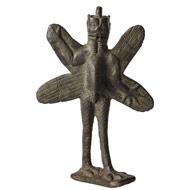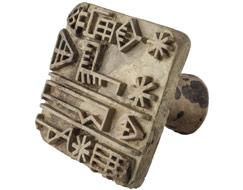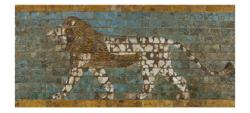Iraq
Iraq
Where humans first created the necessary building blocks of civilization
Mesopotamia—the land between the Tigris and Euphrates Rivers—saw the emergence of the earliest cities in world history and the invention of writing. The vast alluvial plain of southern Iraq was crossed by branches of the Tigris and Euphrates as well as networks of canals that facilitated transportation and irrigation. Over time, early settlements grew into small villages, large cities, city-states, and eventually empires. This was the land inhabited by the Sumerians, Akkadians, and Babylonians. Central and northern Mesopotamia was home to the Assyrians, whose empire at its peak came to dominate all of Mesopotamia and neighboring lands before falling to the Babylonians and Medes. This mix of peoples and histories produced the rich material culture and practices of Mesopotamia, "the cradle of civilization."
From the Oriental Institute’s First Field Expedition to Iraq in 1919–20 up to the present day, the OI has sought to understand, reveal, and protect the complex civilizations that emerged in a region that OI founder, James Henry Breasted, vividly named “The Fertile Crescent.” Ongoing OI projects in Iraq continue archaeological fieldwork, utilize innovative technologies, and engage in international and interdisciplinary collaborations in order to continually expand our knowledge of the cultures of ancient Mesopotamia.
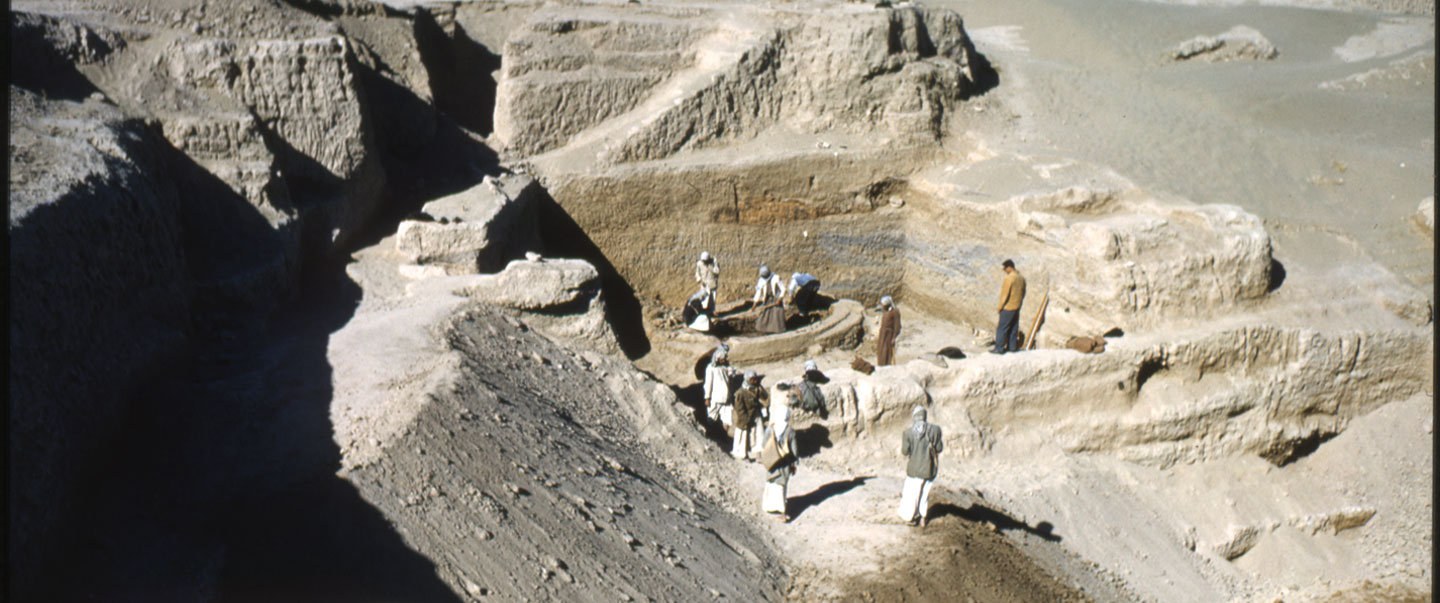
Excavations at Nippur in the mid-twentieth century
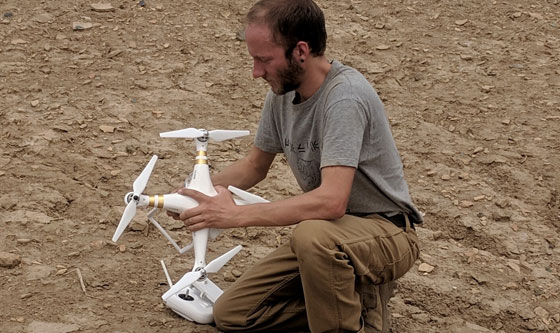
Using a drone to document the site of Nippur, 2019
Nippur: An unparalleled archaeological record spanning more than 6,000 years
32.0735º N, 45.1401º E
In the desert, some 160 km (100 miles) south of Baghdad, lies the great mound of Nippur, the religious center of Mesopotamia where Enlil, the supreme god of the Sumerian pantheon, created mankind. Although never a capital city, Nippur had great political importance because royal rule over Mesopotamia was not considered legitimate without recognition in its temples. Thus, Nippur was the focus of pilgrimage and royal building programs.
During the twentieth century, the OI expedition to Nippur focused on excavating the temples, residential, and administrative areas, and understanding the overall organization of the city. In its work, the expedition treated Nippur as a laboratory where answers to a variety of questions about ancient life could be found and analyzed. Information from artifacts and written sources were combined with natural specimens, while samples of bones, seeds, pollen, and soil were studied as part of a program to reconstruct the ancient environment and its relationship to the city's population.
The OI decades-long archaeological and philological research at Nippur resumed in April of 2019 after almost three decades of hiatus. The current objectives are to produce a high-resolution orthomosaic and topographic map of the entire site using a drone. Future seasons will see the inclusion of several field archaeologists, a geomorphologist, a paleozoologist, and a paleobotanist.
FROM THE OI
It’s been thirty years since we’ve been working in southern Iraq. This is the beginning of a new chapter at Nippur.
Jean Evans, Chief Curator and Deputy Director, Museum
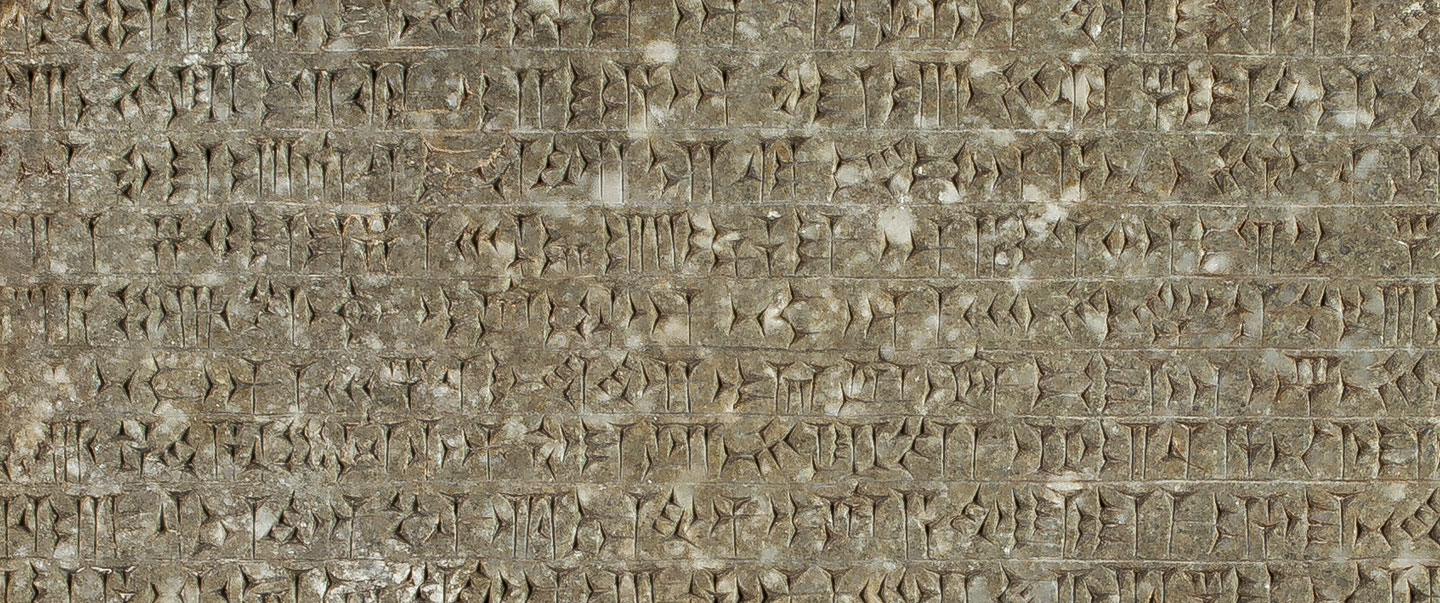
Cuneiform inscription written in Akkadian on the winged bull from Dur-Sharrukin (modern Khorsabad)
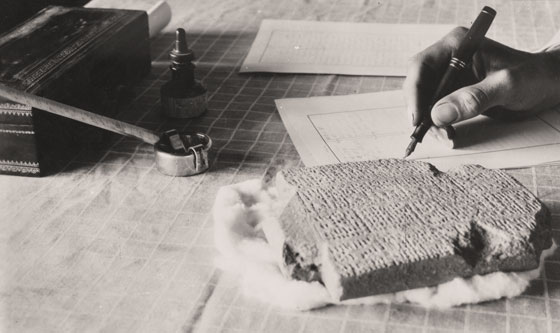
Deciphering the Assyrian king list—a text written on a clay tablet in Akkadian using the cuneiform script
The Chicago Assyrian Dictionary: A record of ancient Mesopotamian culture
>Nine decades in the making, this encyclopedic study of a language not spoken for 2,000 years is our window into the first great urban civilization. The finished product: twenty-one volumes. Initiated by James Henry Breasted with Daniel Luckenbill in 1921 and completed in 2011, the lexical entries of the Chicago Assyrian Dictionary (CAD) quote individual cuneiform sources from the Old Akkadian to the Late Babylonian period (2400 BC–AD 100) in detail and in context, exploring the different meanings and usage of Akkadian words and hence of Mesopotamian society and culture. The CAD is thus an indispensable research tool for any scholar who seeks to explore the written record of Mesopotamian civilization.
FROM THE OI
Every term, every word becomes a window into the culture.
Martha T. Roth, Professor of Assyriology and CAD Editor, 1996-2011
OI Museum Artifacts
